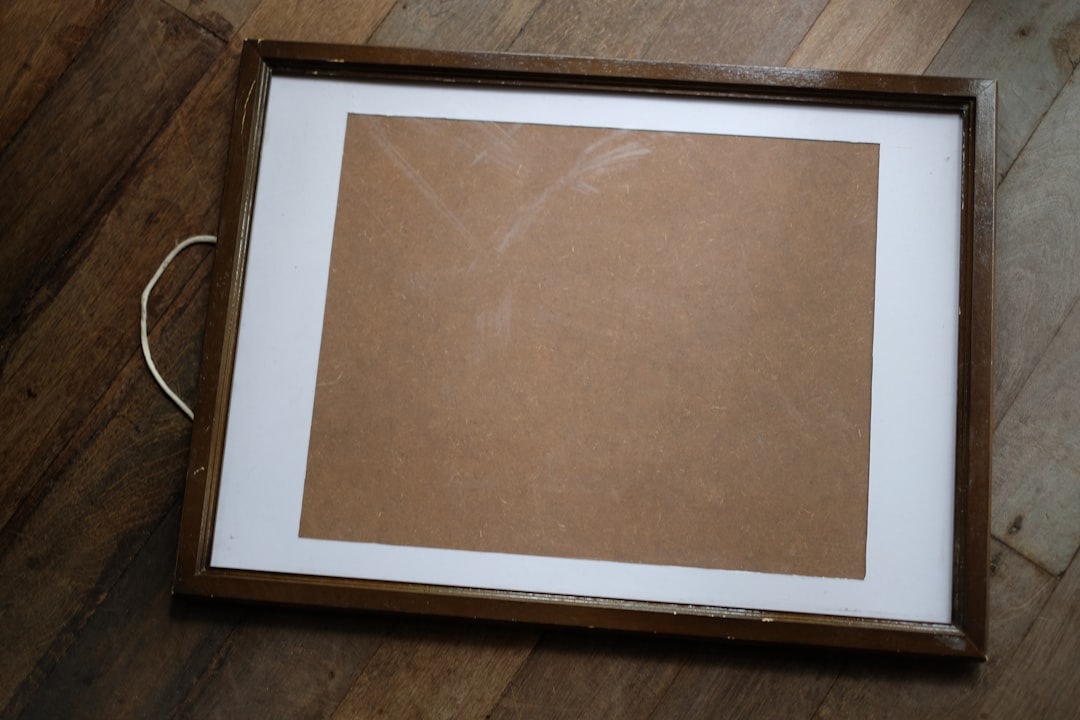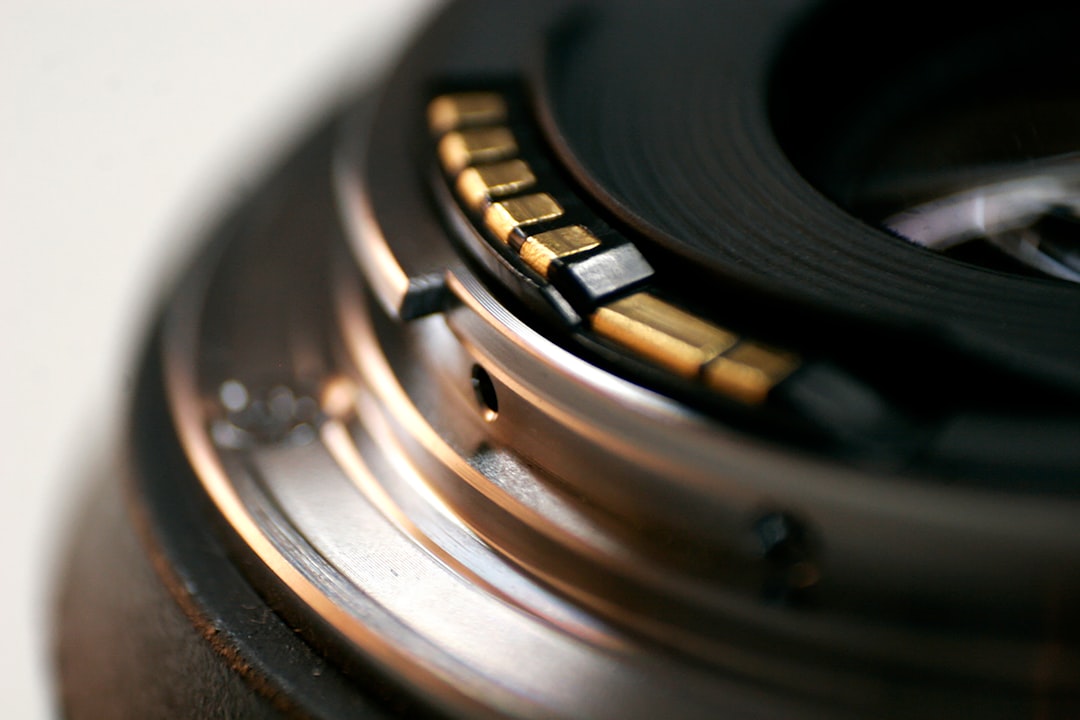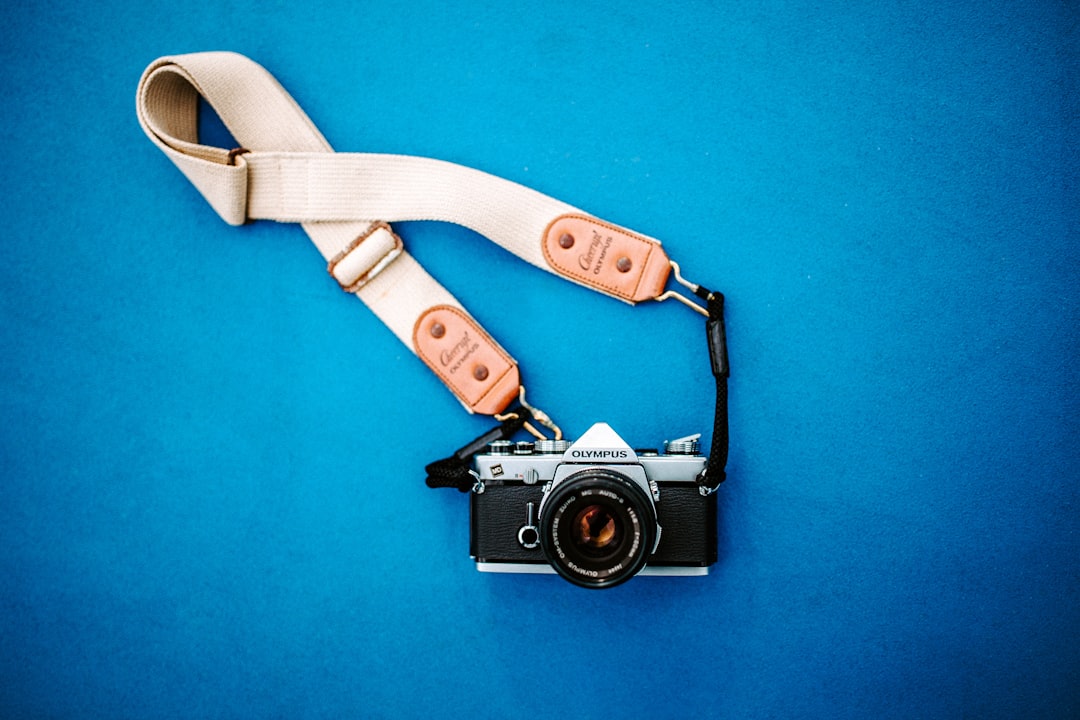

Engage prospects with a scan and streamline customer engagement with FREE QR code marketing tools by Sona – no strings attached!
Create a Free QR CodeFree consultation

No commitment

Engage prospects with a scan and streamline customer engagement with FREE QR code marketing tools by Sona – no strings attached!
Create a Free QR CodeFree consultation

No commitment
In today’s digitally driven world, QR codes have emerged as strategic tools for connecting physical interactions with online engagement. For picture frame repair services, leveraging QR codes opens new opportunities to engage customers precisely when they recognize a need, such as spotting a damaged frame at home or while browsing galleries. This seamless scan-to-action capability smooths the journey from interest to inquiry, allowing potential clients to connect instantly without barriers such as app downloads or tedious searches.
The picture frame repair industry is no stranger to frustration when promising prospects slip through the cracks, whether because a traditional business card is misplaced or a high-intent customer never completes a web form. The prevalence of antique frame restoration and urgent repair requests further emphasizes how often businesses miss out because they fail to bridge offline cues with timely digital engagement. QR codes directly address this challenge by enabling instant requests for estimates, bookings, and guidance, all accessible through a simple scan when the need is top-of-mind.
This guide explores tactical deployment of QR codes across every touchpoint in your picture frame repair workflow. Discover how intelligently integrating QR codes can help you capture previously anonymous interest, modernize customer acquisition, and turn fleeting moments of intent into measurable revenue. Whether your focus is high-value antique restoration, fast repairs, or ongoing customer education, learn how automated QR-driven engagement can enhance experience and position your business at the forefront of modern frame services.

QR codes are redefining the customer journey for picture frame repair, closing persistent gaps that cost businesses valuable leads. From misplaced flyers to stalled online forms, many analog processes create friction that stops prospects at the moment of intent. QR-led journeys simplify the path to action, capturing contact information and context automatically so you can follow up with precision.
To create a reliable pipeline of bookings, prioritize use cases that replace outdated workflows and pull customers directly into your digital flow. For example, swap paper estimate sheets for a scan-to-quote form, replace a generic website URL on postcards with a scan-to-booking link, and add QR-enabled care guides on packaging to trigger post-service upsells. Each scan becomes measurable, attributable, and ready for nurture.
Applying QR codes in this way transforms how you capture and nurture leads, ensuring moments of interest are never wasted due to missed handoffs or lack of data. Over time, you can benchmark your scan-to-booking funnel and reinvest in the placements that yield the best return.

Picture frame repair businesses often struggle with visibility and attribution. People notice a cracked frame at home, see your poster at a community gallery, or take a business card, but you never learn who they are or whether they followed up. QR codes close this gap by making the next step obvious, fast, and trackable, which is especially important when you offer services that can be urgent or specialized.
In a category where every job can be unique, time to value is essential. When a customer can scan a code, upload a photo of their damaged frame, and get an estimated cost by email or text within minutes, the chance of conversion rises significantly. QR codes convert passive awareness into measurable engagement and allow your team to intervene with helpful guidance before interest fades.

Different customer needs call for different destinations. The right QR format keeps the experience simple for your audience while giving your team the data and flexibility you need to improve over time. In picture frame repair, a mix of instant contact, guided quoting, and helpful education commonly produces the best results.
Choose formats based on the action you want to trigger. When you want to capture photos and frame details, send scanners to a mobile form such as a Google Forms QR. When you want to reduce inbound phone volume with quick status checks, send them to a tracking page tied to their order ID. For relationship building, make it easy to save your contact information so your brand stays top-of-mind.
Dynamic QR codes should be the default for campaigns where you need editing capability, segmentation, and long-term tracking. Static QR codes are fine for permanent fixtures like your shop’s contact card or a link to a timeless care guide.

Growth in frame repair is often lost at the margins: a gallery visitor intends to ask about repairs but forgets, a customer picks up a completed frame and never discovers your museum glass upgrade, or a homeowner finds a damaged frame during a move but postpones getting a quote. Thoughtful QR placements convert these moments into action.
Focus on where your ideal customers already gather and where the physical context makes a scan feel natural. The most effective placements use clear copy that aligns with the situation, such as Scan for Antique Restoration Estimates at a vintage market or Scan for Same-Day Repair Slots on your shop door during the holidays.
By embedding QR codes in these contexts, you ensure that intent does not fade. Over time, analyze scan data to identify the highest performing locations and partners, then double down with co-branded materials and shared promotions, and learn more about QR in advertising.

Every stage of the repair service lifecycle has friction that QR codes can reduce. From first contact to post-service education, QR-enabled experiences keep customers informed and interested while giving you visibility into what they want.
The most successful programs combine at least three core use cases: acquisition, fulfillment, and retention. This creates a loop where each job generates the next opportunity, whether through upsell, referral, or repeat service.
Each use case is small on its own, but together they produce a measurable, repeatable system that blends service excellence with modern marketing fundamentals.
Every scan is a micro-signal of intent. With the right tagging and integrations, those signals become rich retargeting audiences that you can nurture with personalized offers and content. Picture frame repair buyers often move slowly, especially for high-value restorations, so staying in touch without being intrusive is crucial. See the Sona retargeting playbook for tactics that map directly to these behaviors.
Start by creating distinct QR codes for each touchpoint and map them to the buyer’s journey. Awareness scans at a gallery should not receive the same messages as a current client checking repair status. Timing also matters: a customer who scanned a quote form but did not book within 72 hours may respond to a friendly reminder with a small incentive.
By treating scans as structured signals, you can retarget based on real behavior rather than assumptions. The result is a leaner, more responsive marketing engine that respects customer intent and accelerates decisions.
QR codes become the connective tissue across print, in-person, and digital channels. They turn passive materials into interactive touchpoints and push real-time data into your marketing stack. In picture frame repair, where many interactions start offline, this integration is the difference between guessing and knowing.
Think of QR codes as on-ramps to your best digital experiences. Each on-ramp should match the physical context. For instance, a direct mail QR might promise a new client discount and route to a simple booking page, while an in-store sign could emphasize rush repair availability with a one-click calendar booking flow.
With a centralized QR platform, you can manage all codes, monitor performance, and sync data with your CRM and ad platforms. This unifies previously disconnected efforts and creates a consistent, measurable customer journey.
Select a use case that directly supports your most important goal. For many frame shops, that goal is increasing completed bookings for repairs and restorations. Start with one high-impact journey rather than spreading your efforts too thin.
Choose the QR format that fits your goal and allows for future flexibility. In most marketing scenarios, dynamic QR codes are the best choice because they are editable and provide detailed analytics.
Start creating QR codes for free: https://www.sqr.me/register
Thoughtful design and testing prevent the most common cause of underperformance: low scannability. Make it obvious what customers get for scanning, and ensure the code works in real-life conditions.
Roll out your QR codes in locations that historically see missed intent. Use a phased approach so you can measure results and expand with confidence.
Analytics turn scans into strategy. The goal is not just more scans, but more completed bookings and higher lifetime value.
Simply generating scans is not enough; value comes from connecting each scan to revenue. Without attribution, you do not know which placements are worth expanding or which audiences are worth nurturing. In picture frame repair, this matters because jobs vary widely in value and urgency, and you want to target the most profitable opportunities. For a deeper framework, see this offline attribution guide.
A capable QR platform should capture scan context and feed it into your CRM and reporting tools. With identity resolution and campaign tagging, you can map the customer journey from first scan to final payment, even across multiple touchpoints like gallery events, direct mail, and pickup interactions.
When you can see which scans turn into paid repairs, you can reinvest in the exact placements and messages that matter. Over time, this produces a reliable blueprint for growth and a defensible marketing ROI story.
QR codes may feel simple, but consistent execution separates average performance from exceptional outcomes. A strong program pairs disciplined tracking with creative, context-aware placements that meet customers where they are.
Focus on the tips that align with your most common media. For frame repair, that usually means in-store signage, event materials, packaging, and direct mail. Equip staff to promote scanning, and automate follow-up so no signal of intent is lost.
To add creativity, try QR codes on limited-edition frame backings during the holidays that unlock gift-ready upgrade bundles, or place QR stickers on appointment cards that re-open the customer’s live booking link for easy rescheduling.
Practical inspiration helps teams imagine what is possible. Here are examples that translate well across independent shops and regional providers, along with the outcomes you can expect when you execute with clarity and measurement.
Industry best practice: Tag every QR campaign for granular attribution, ensure the post-scan experience is fast and relevant, and make the next step obvious. Curiosity must be rewarded with an action that feels worthwhile.
QR codes have transformed the picture frame repair services industry from traditional customer touchpoints into dynamic, measurable growth channels. Whether it’s acquiring new clients, enhancing customer convenience with instant access to service details, or enabling seamless appointment bookings, QR codes replace cumbersome processes with quick, mobile-friendly actions that capture real-time engagement data—turning every frame and marketing material into a powerful conversion tool.
Imagine knowing exactly which flyers, storefront displays, or repair estimates drive new business—and being able to optimize your campaigns instantly. With Sona QR, you can create dynamic, trackable QR codes in seconds, update campaigns on the fly without costly reprints, and link every scan directly to revenue growth. No missed leads, no wasted marketing spend—just smarter, more profitable picture frame repair promotions.
Start for free with Sona QR today and transform every scan into a loyal customer, a booked appointment, or a completed repair.
You can request an estimate by scanning a QR code linked to a mobile-friendly form that collects frame details and damage photos, allowing professionals to triage and guide you through repair options.
Costs vary based on frame material, damage type, and restoration complexity, but you can receive a ballpark estimate quickly by scanning a QR code to submit details and photos for an instant quote.
Look for QR codes on local gallery events, craft fairs, antique shops, frame repair shop signage, and community boards that link directly to booking pages or quote forms for nearby professional services.
Best practices include using QR codes at antique markets or galleries for instant restoration estimates, providing detailed photos and frame information, and consulting with professionals who offer specialized antique restoration services.
Signs include visible cracks, broken corners, or damage to glass or backing, and you can use QR codes on signage or packaging to quickly request an expert evaluation and estimate.
QR codes connect offline customer intent with online engagement by enabling instant estimate requests, bookings, and communication, reducing friction and increasing conversion rates.
Common QR code formats include web links for quotes and bookings, vCards for contact saving, SMS or email for prepopulated messages, Wi-Fi access for in-store uploads, and app download links for order tracking.
Effective placements include repair shop entrances, gallery displays, antique fairs, frame packaging, direct mail, and local business posters where customer intent to repair is highest.
By using dynamic QR codes connected to a CRM, shops can monitor scan volume, form completions, bookings, and revenue attribution to optimize placements and messaging.
Steps include choosing a clear use case, selecting the appropriate QR code type, designing and testing the code for scannability, deploying across high-impact channels, and tracking and optimizing performance.
They can automate follow-ups based on scan behavior, segment audiences by interest and funnel stage, send reminders or incentives for incomplete bookings, and retarget with personalized offers.
Yes, QR codes on receipts or dust covers can link to care guides, review prompts, and referral programs to build trust and encourage repeat business.
Dynamic QR codes are preferred for campaigns because they allow editing, detailed analytics, A/B testing, and better tracking, while static codes suit fixed, evergreen content like contact cards.
Use Sona QR's trackable codes to improve customer acquisition and engagement today.
Create Your FREE Trackable QR Code in SecondsJoin results-focused teams combining Sona Platform automation with advanced Google Ads strategies to scale lead generation

Connect your existing CRM

Free Account Enrichment

No setup fees
No commitment required

Free consultation

Get a custom Google Ads roadmap for your business






Launch campaigns that generate qualified leads in 30 days or less.
